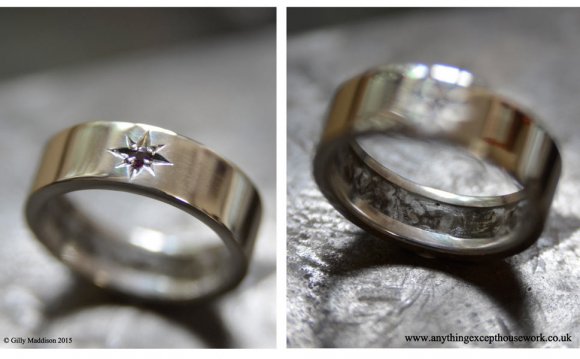
A cord of firewood can produce 50 pounds of ashes—a formidable heap of soot but also a great source for mineral-rich dust that has practical uses. Just be careful to store them in a fireproof container with the lid shut to choke any embers. Unlike ashes, you can't use flames any place except in the fireplace.
Use wood ashes to:
1. De-skunk pets. A handful rubbed on Fido's coat neutralizes the lingering odor.
2. Hide stains on paving. This Old House technical editor Mark Powers absorbs wet paint spatters on cement by sprinkling ash directly on the spot; it blends in with a scuff of his boot,
3. Enrich compost. Before the organic compound get applied to soil, enhance its nutrients by sprinkling in a few ashes, says the host of radio's You Bet Your Garden, Mike McGrath. Adding too much, though, ruins the mix.
4. Block garden pests. Spread evenly around garden beds, ash repels slugs and snails.
5. Melt ice. TOH building editor Tom Baker finds it adds traction and de-ices without hurting soil or concrete underneath.
6. Control pond algae. One tablespoon per 1, 000 gallons adds enough potassiumm to strengthen other aquatic plants that compete with algae, slowing its growth,
7. Pump up tomatoes. For the calcium-loving plants, McGrath places 1/4 cup right in the hole when planting,
8. Clean glass fireplace doors. A damp sponge dipped in the dust scrubs away sooty residue.
9. Make soap. Soaking ashes in water makes lye, which can be mixed with animal fat and then boiled to produce soap. Salt makes it harden as it cools.
YOU MIGHT ALSO LIKE







